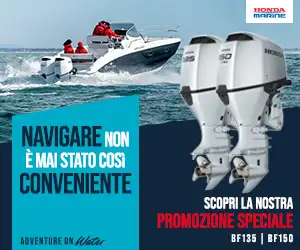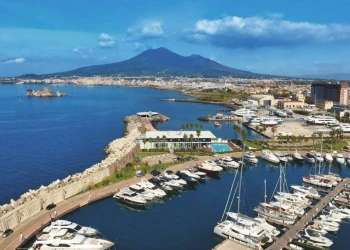
Yamarin Cross Concept 62BR: The World's Most Sustainable Production Boat?
It sometimes seems that talking about boats and sustainability is, for some, like swearing in church. You claim to be sustainable and then you buy a boat? For some, it's a contradiction.
If we follow this reasoning, then anything beyond the first pair of shoes, the first pair of pants and the second pair of underwear becomes superfluous and therefore unsustainable.
In reality, every step taken in the right direction is an important step, as Nicola Pomi (Volvo Penta) also said in an interesting interview on the subject.
But this is not an editorial, it is an article, and therefore we are talking about the boat in question, or rather, the one mentioned in the title: the Yamarin Cross Concept 62 BR. Concept because, despite being an "experiment", it is intended to be put into production.
"We just have to see how the market responds to this proposal of ours," Johan Finnberg, marketing manager of the Finnish shipyard, told me.
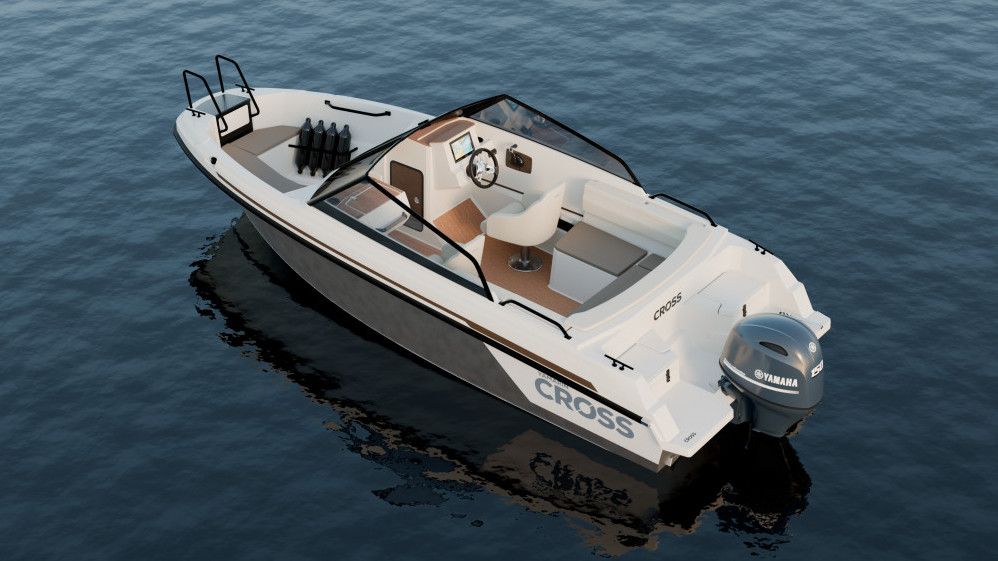
Really something new?
The starting point is the exploration of flax fiber and recycled materials in boat construction.
Of course, the topic is not new: Azimut had already used flax fiber in its first Magellano 50 in 2011, but in that case it was used only for non-structural parts, such as the steering console. Here, at Yamarin, they have gone a little further.
So, today we can find more ecological and technically superior alternatives to the traditional materials used in fiberglass boats?
The new Yamarin Cross Concept Boat, presented at Vene 25 Båt, the Helsinki International Boat Show 2025, explores not only the use of natural fibers, but also recycled plastics and aluminum to build mass-market production boats.
This prototype is based on the popular Yamarin Cross 62 BR and is the result of a collaboration between Inha Works Ltd, manufacturer of Yamarin, Yamarin Cross and Buster boats (among the most popular in Finland), and EKA Composite, the company responsible for laminating and assembling the boats.
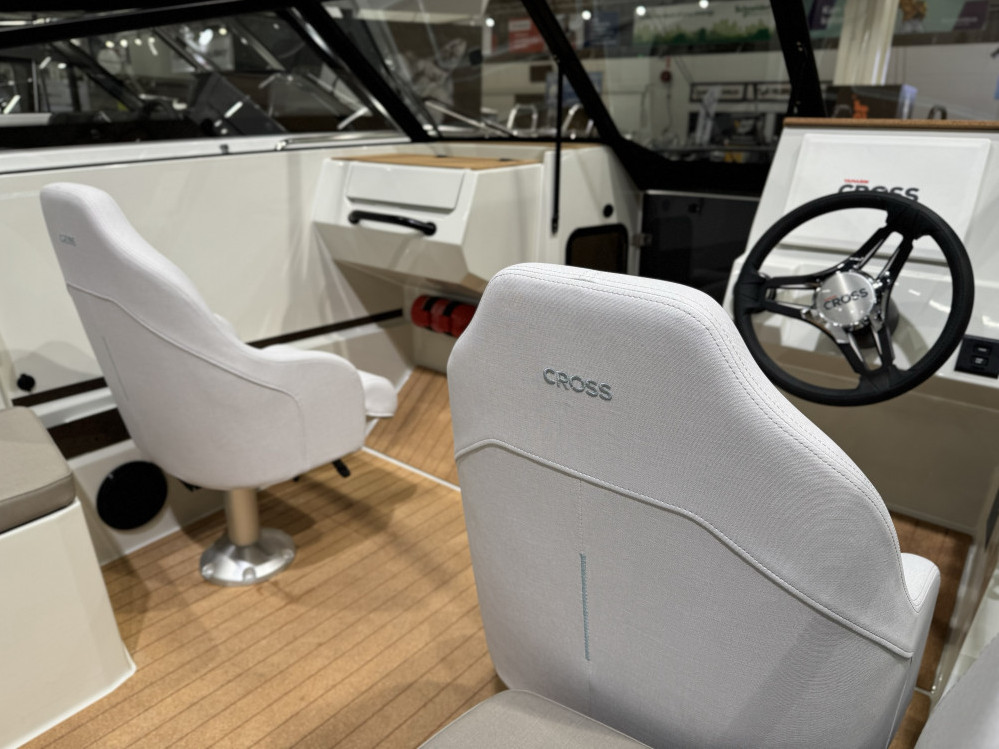
Yamarin Cross Concept 62 BR: unusual only because it's new (hopefully)
Its structure incorporates: recycled aluminum, flax fiber as structural reinforcement and PET plastic recycled from used bottles.
"Together with EKA Composite, we want to demonstrate that natural fibers and recycled materials can be used in boat construction not only in an economically sustainable way, but also to create elegant and high-quality boats," Artturi Niittynen, sales & marketing director of Inha Works Ltd, explained to me.
Built entirely in Finland, the Yamarin Cross Concept 62 BR has its deck made by EKA Composite 100% from flax fiber instead of traditional fiberglass. The aluminum hull is made in the Buster Boats plant.
To be honest, they explained to me that the amount of recycled aluminum varies depending on the production batch, between 30 and 70% of the sheets used.
A step forward in sustainable production
Niittynen points out that research into new materials and production methods is a fundamental part of the company's development.
In line with the directives of Yamaha Motor Corporation, the parent company of Inha Works Ltd, the Finnish company is committed to achieving zero-emission production by 2035, and these advances are moving in that direction.
"During this decade, we are working to achieve this goal by reducing energy consumption and switching to renewable and carbon-neutral energy sources," Niittynen explains.
The project between Inha Works Ltd and EKA Composite will continue in the spring and summer, when the weather conditions are more suitable for recreational outings in the cool (if not frozen) Baltic Sea.
The new materials will be tested during the upcoming boating season and the decision on the commercial launch will be made based on the tests and market feedback.
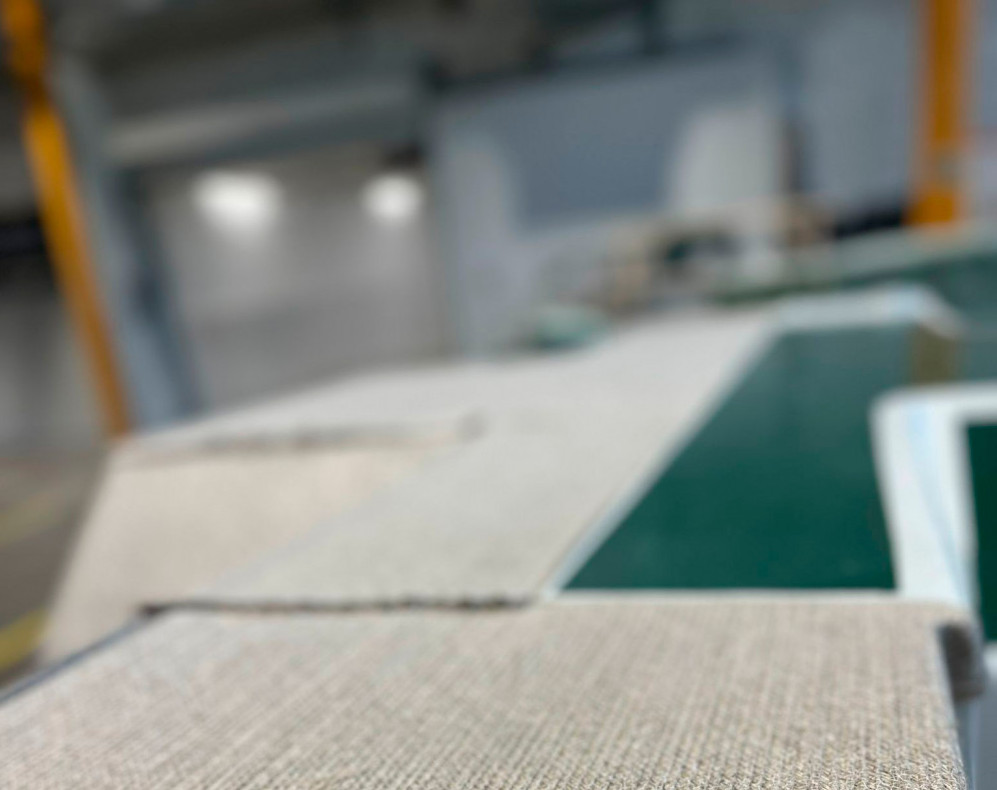
Flax fiber replaces fiberglass
Traditional fiberglass boats have a composite structure, in which the glass fiber is bonded with epoxy, vinyl ester or polyester resin.
In this boat, the flax fiber fabric replaces the fiberglass reinforcement, significantly reducing the environmental impact. Which translated into numbers becomes: 55% less CO₂ emissions compared to production with fiberglass (Source: Saertex); lower weight – flax fiber weighs 1.5 g/cm³ against 2.54 g/cm³ of fiberglass; high mechanical strength thanks to the long flax fibers (up to 90 cm) which guarantee excellent durability
"Part of the boat's deck has been painted with a transparent gelcoat to highlight the beautiful natural texture of the flax fiber," Henna Forsström, Purchasing Manager at EKA Composite, told me.
A solution that, in addition to having an educational purpose, defines the aesthetics of the boat, with an exposed effect – a sort of eco version of carbon fiber.
Even today, this natural material is practically not used in the mass production of boats, but it has great potential to partially or completely replace traditional fiberglass.
"Flax fiber is easy to handle during production and is perfectly suited to the creation of nautical components. The long fibers give excellent mechanical properties, making it suitable even for demanding applications," Forsström adds.
Reduction of VOC emissions with an advanced gelcoat
The gelcoat, which constitutes the outermost protective layer of the boat, has been improved with Maxguard NP, which offers: up to 50% reduction in emissions of volatile organic compounds (VOCs); material savings of 10-15% compared to traditional gelcoats; greater durability, high UV resistance and excellent resistance to the formation of bubbles and blisters
"The new gelcoat not only reduces emissions, but also provides an exceptionally hard and elegant surface, with superior resistance to marine conditions," Forsström further explained to me.
Vacuum Infusion: Less Waste and Lower Emissions
In addition to sustainable materials, the production efficiency of the concept boat has been improved thanks to vacuum infusion technology, which: uses less material, creating a lighter and more rigid structure, always to the advantage of performance and reduced consumption; eliminates emissions of the terrible styrene during resin infusion; guarantees better quality control and greater precision in construction
"Although deck lamination is only part of the production process for Yamarin Cross, for us at EKA Composite lamination is a key process that we are constantly trying to improve in terms of quality and environmental impact," Mikael Strand, CEO of EKA Composite, told me.
And we have other sustainable features…
The Yamarin Cross Concept 62 BR also integrates other aspects that aim to reduce as much as possible not only the carbon footprint but the entire environmental impact.
Which, always in practice, is manifested with the covering of walkable surfaces in cork, a renewable, non-slip and comfortable material underfoot and, something the Finns think little about, but we Mediterraneans are interested in: it heats up less under the sun and also has an insulating effect.
For the upholstery, a Spradling Linetex fabric is used, produced by a carbon neutral and ISO 14001 certified company, with a closed water recycling system.
Collaboration for a Sustainable Future
Inha Works Ltd also participates in the FurBio project, led by the University of Oulu, the second largest university in Finland after that of Helsinki, which explores the use of furfural, a byproduct of industrial processes, as a raw material in the production of resins.
This solution makes the product at the end of its life incinerable without the emission of harmful gases.
Furthermore, the EKA Composite concept boat project is part of the "Green Transition of Vacuum Infusion Process" initiative, supported by the ELY Center of Finland and co-financed by the EU.
In short, a boat that has things to say and do. We are waiting to see how the market responds and what possibilities open up for further realizations.
©PressMare - All rights reserved
